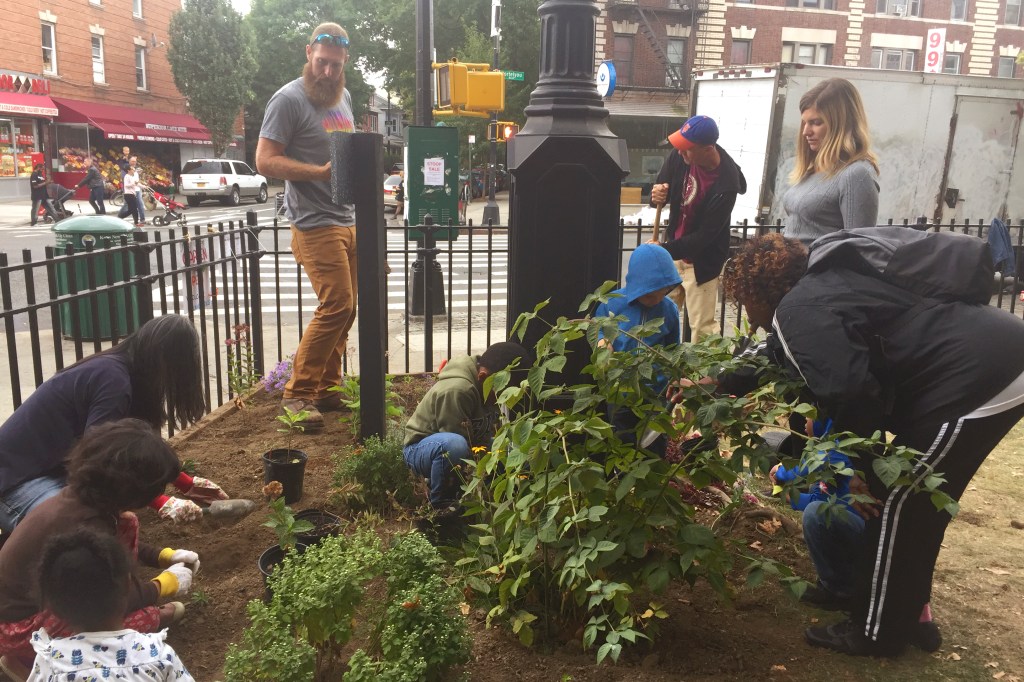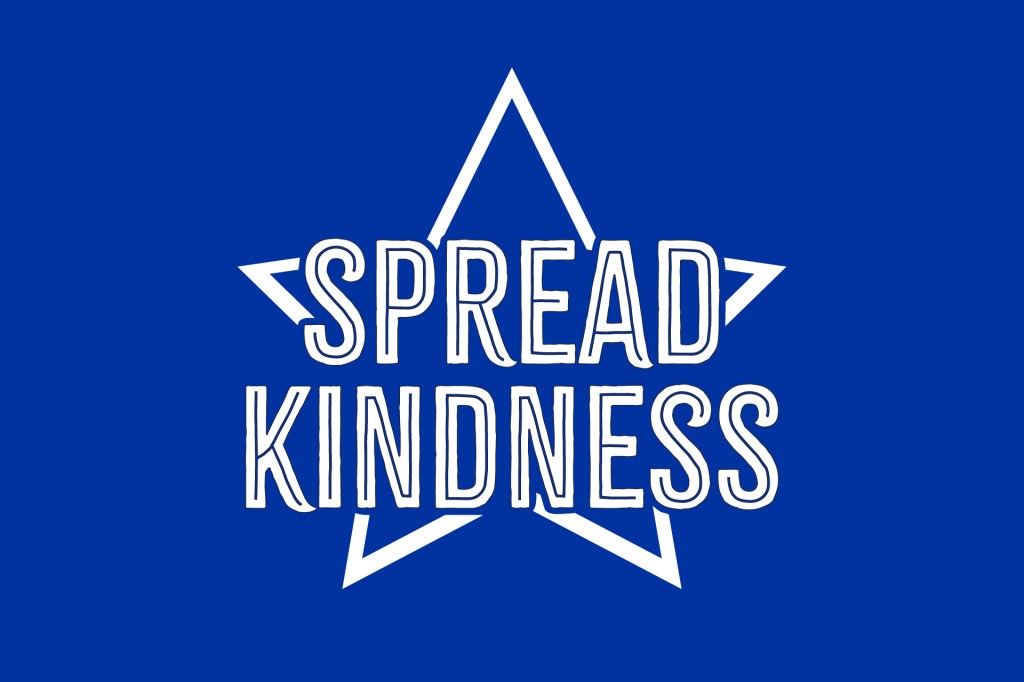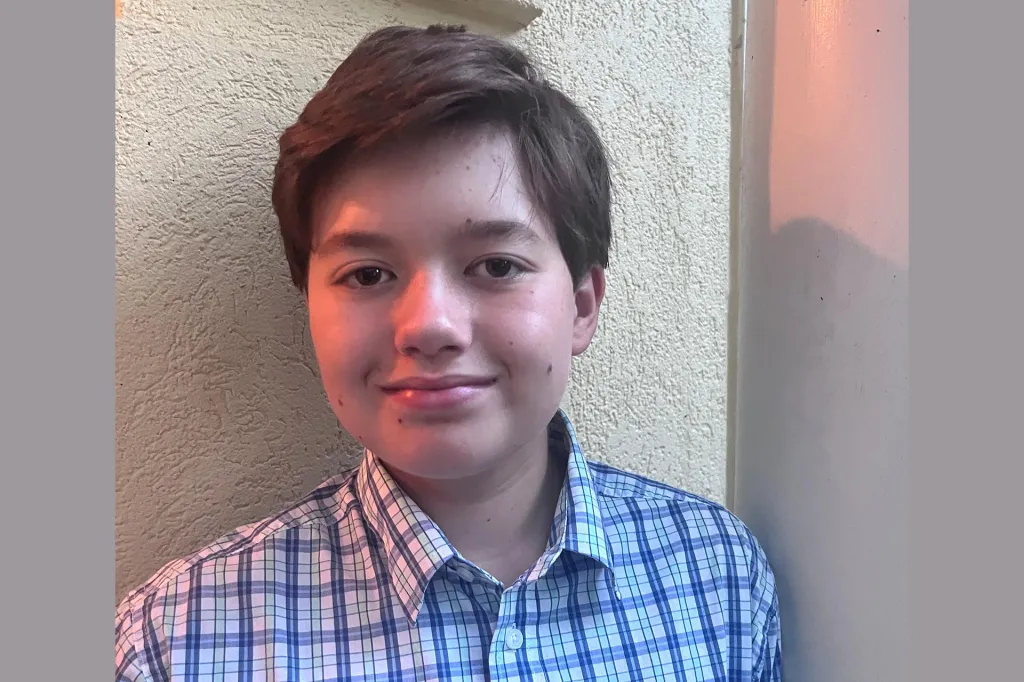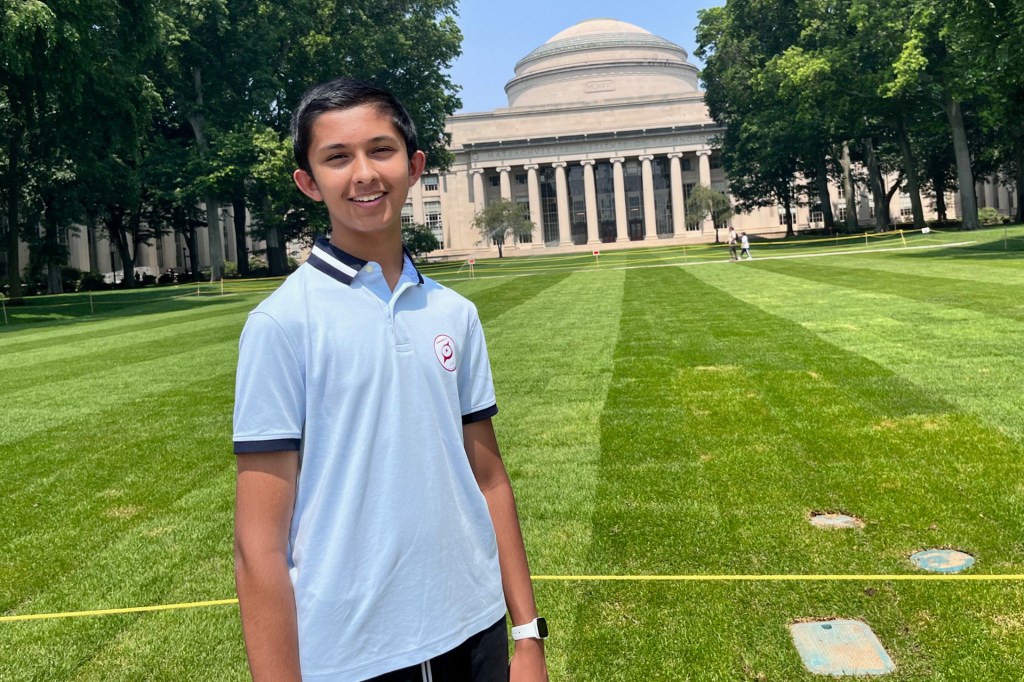Kids Decide

P.S. 139 is in Brooklyn, New York. It has a school garden where students grow fruits and vegetables. It also has a school cookbook filled with recipes that use those foods. And it has a technology club, a soccer club, and a renovated teachers’ lounge.
All of this is thanks to a process called participatory budgeting, or PB. Through PB, students, parents, teachers, and staff decide how to use some of the school’s money. In the past three years, P.S. 139 has spent nearly $50,000 this way.
Budget Talks
Usually, only school leaders decide how to divvy a budget. PB lets others weigh in. Shari Davis is one of the people in charge of the Participatory Budgeting Project. That’s a nonprofit group in New York and California. “PB invites folks to take part in decisions,” she told TIME for Kids. “People who are closest to the issues in a community are often also closest to solving them.”
How does PB work? First, members of a school community think about changes they’d like to see. They submit their ideas to a committee. The committee organizes the ideas into detailed plans. The plans include the estimated cost of each project.
Then everyone votes. Projects that get the most votes are funded.
Participatory Budgeting Project cofounder Josh Lerner helped bring PB to P.S. 139. He finds that leaders are often surprised by the results. PB helps them “understand what their communities need,” he says.
Money Is Power
In 2018, New York City started using PB in public schools. Now each of the city’s 400 high schools gets $2,000 a year to spend using PB. (P.S. 139 is an elementary school. Its PB money is raised by the school and its Parent Association.)
“We’re changing the story that says that young people are future leaders,” Davis says. “I think young people are leaders right now."













